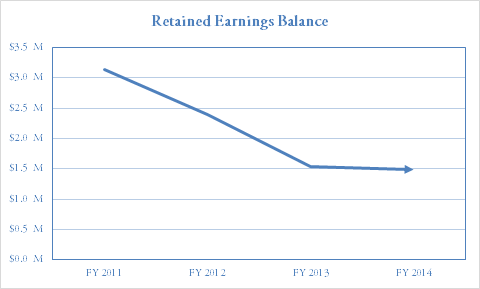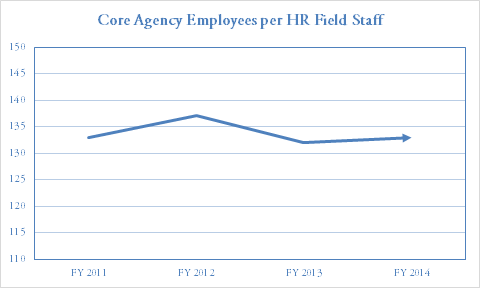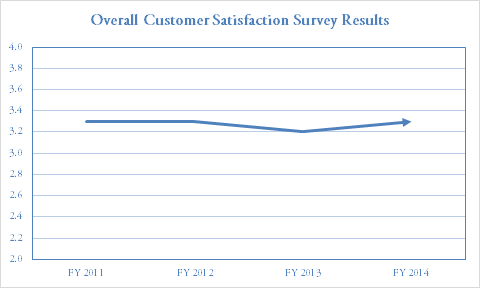The ISF operated by DHRM provides consolidated services to all state agencies. The ISF has three programs: Field Services, Payroll Field Services, and Legal Services.
During the 2015 General Session, the Legislature appropriated for Fiscal Year 2016, $12,678,600 from all sources for ISF - Human Resource Management. This is an 8 percent increase from Fiscal Year 2015 revised estimated amounts from all sources.
The Department of Human Resource Management (DHRM) is comprised of a single appropriated line item and an internal service fund (ISF). The ISF provides field office services and payroll services for state agencies, and collects agency contributions for Attorney General legal services. As both the appropriated line item and the ISF provide statewide service, it is often difficult for the department to determine which line item should be charged for which expense. This has resulted in annual expense transfers between the line items.
In order to simplify financial accounting and streamline statewide processes, DHRM and the Governor's Office of Management and Budget (GOMB) have recommended shifting the Administration, Policy, and Information Technology programs into the ISF. This would require rate adjustments, as well as a new rate for Core IT systems, to capture the $2.5 million ongoing that would return to the General Fund. If the Legislature were to appropriate this ISF impact based on current funding spreads, it would result in a net ongoing savings to the General Fund of $1,125,300. The fees listed under the Financials tab reflect those required to fund this transition. The analyst recommends shifting these programs to the ISF and approval of the fees listed on the Financials tab.
For the FY 2016 base budget, the Analyst recommends approval of estimated revenues of $12,054,600 and 142 FTE for the DHRM Internal Services Fund. Should the Legislature approve shifting the above mentioned programs to the ISF, appropriations and additional FTE will be included in a subsequent appropriations act.
Balanced Retained Earnings
While some retained earnings are necessary for an ISF to cover any unforseen costs fluctuations, the amount of retained earnings itself should not fluctuate much. If retained earnings continually grow or shrink, the ISF is over charging, or under charging, for its services and needs to re-evaluate its rate structure.

Core Agency Employees per HR Field Staff
In order to measure ISF efficiency, DHRM tracks the ratio of HR field staff to core agency employees. In FY 2014, there was one HR field staff for every 133 core agency employees.
Customer Satisfaction
Every year, DHRM sends out a customer satisfaction survey to the state agencies for which it provides service. This survey is designed to measure how well DHRM is meeting their mission as well as to identify areas for improvement.

In order to control the size, mission and fees charged to state agencies, the Legislature imposed statutory controls (UCA 63J-1-410) that require ISFs to respond to the legislative budget process. No ISF can bill another agency for its services unless the Legislature has: approved the ISF's budget request, FTE, capital acquisitions, rates, fees, and other charges; published the annual rates and fees in an appropriations act; and appropriated the ISF's estimated revenue.
Working capital for operations must be provided from the following sources in the following order: 1. Operating revenues, 2. Long-term debt, and 3. Appropriations from the Legislature.
To eliminate negative working capital, an ISF may borrow from the General Fund as long as the debt is repaid over the useful life of the asset and the deficit working capital is greater than ninety percent of the value of the ISF's fixed assets.
Rates are based on a detailed analysis of the costs of providing human resource functions statewide. The intent behind creation of the ISF was to save money or at worst be revenue neutral with improved coordination and control.
COBI contains unaudited data as presented to the Legislature by state agencies at the time of publication. For audited financial data see the State of Utah's Comprehensive Annual Financial Reports.